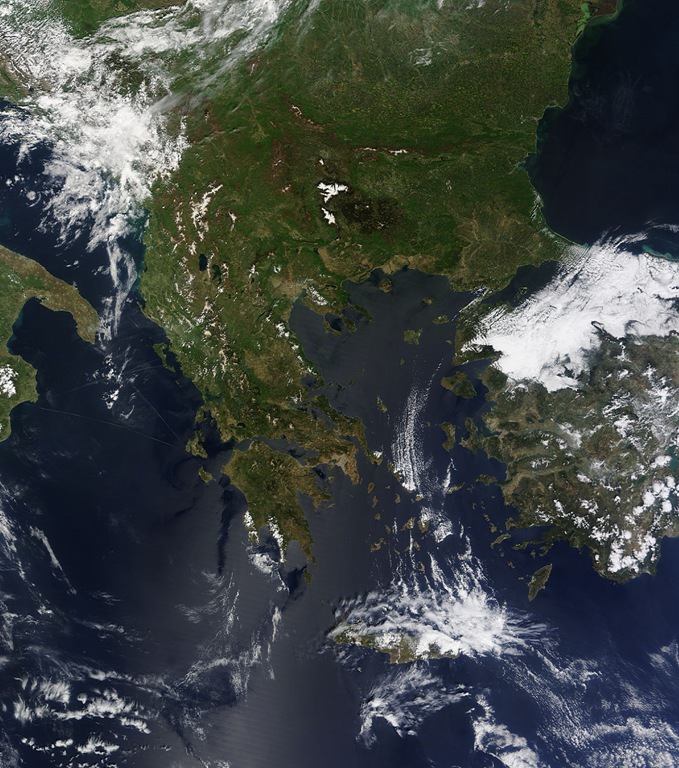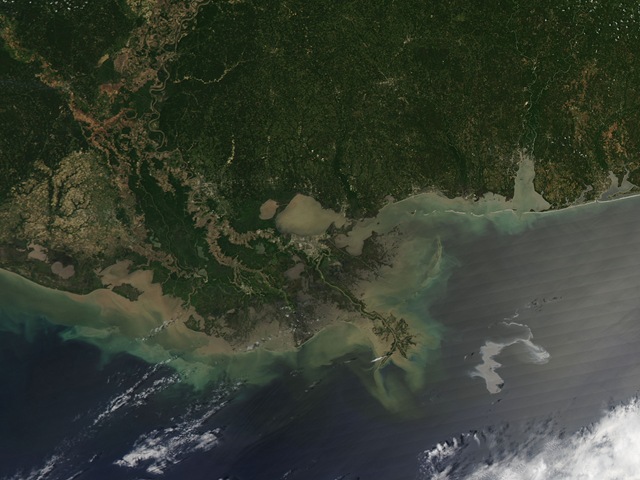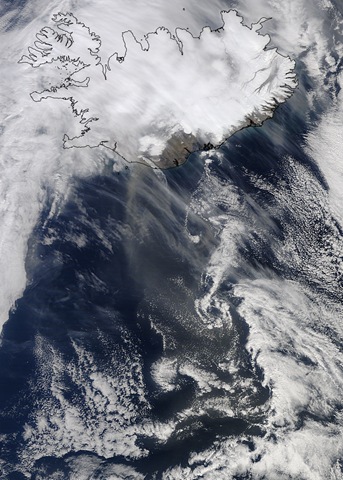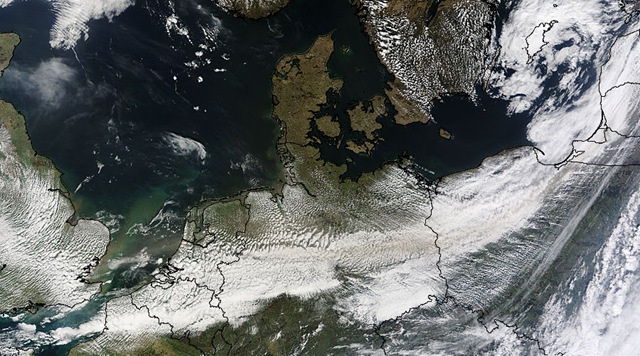Jabulani is the name of the official ball of the World Cup in South Africa made by Adidas (like all balls since 1970.) Jabulani means ‘to celebrate’ in Zulu. The ball was unveiled last December in Cape Town.
Adidas posted a few of videos about the ball. In the videos they mention that the design of the ball took 6 years (!!) and that is made of eight thermally bonded 3D panels and is perfectly round. In one of the videos they show the whole manufacturing process which is pretty amazing for a ball.
In a couple of other videos they talk about the aerodynamic design of the ball.
In one of them they initially show flow past a smooth sphere in a wind tunnel.
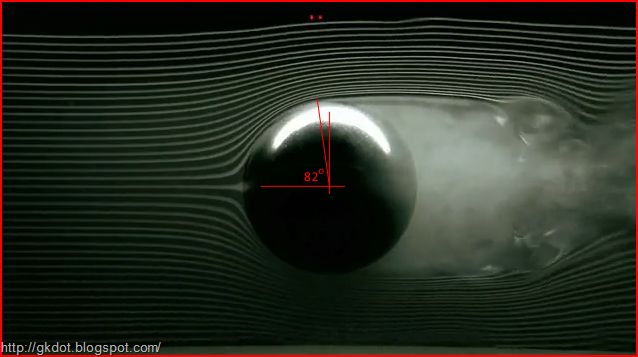
In the video frame shown here the streamlines are clearly visible as the air flows from left to right. Because of viscous effects (friction, thermal conduction, etc) the flow separates over the back of the ball creating a recirculating flow (i.e. turbulent wake) downstream of body. This separated flow is responsible for the pressure (or form) drag which contributes greatly to the total drag of the ball thus affecting its flight performance characteristics.
In the video, the separation points seem to be either ahead of the maximum thickness of the sphere or very close to it. That indicates a Reynolds number (Re) that is less than 5e5 (for a smooth sphere.) For such an Re the separation points form at about 82 degrees measured from the stagnation point (front center of the sphere.)
The dimensionless Reynolds number (named after its discoverer, Osborne Reynolds) is a measure of the ratio of inertia forces to viscous forces in a flow. It is given by Re = rVL/m, where V is the free stream velocity, r is the free stream density, L is the characteristic length of the body immersed in the fluid (in this case the diameter), and m is the free stream viscosity coefficient.
Assuming that a standard size 5 smooth ball (about 0.23 m in diameter) would fly in standard air (constant r = 1.2 kgr/m3) at 90 km/hr (25 m/sec) after a decent kick the Re would equal:
Re = 1.2 * 25 *0.23 /1002e-6 = 6.9e+3
This is well within the regime of Re < 5e+5. Above that the separation points would move further back and thus pressure drag would actually reduce. That is because the boundary layer (a thin layer of fluid very close to the surface of the body that the viscous effects matter) would transition from laminar to turbulent which separates at about 125 degrees (measured from the forward stagnation point.) This results in a thinner turbulent wake with higher pressures and a lower drag coefficient for the transition point (i.e Re ~ 5e+5 for the sphere.)
However, it would be impossible to achieve something like in football (i.e. the velocity of the ball in flight would have to be a few thousands km/hr!) Therefore another technique is needed to push the stagnation points further back and reduce the turbulent wake and thus the pressure drag.
Enter the ridges!
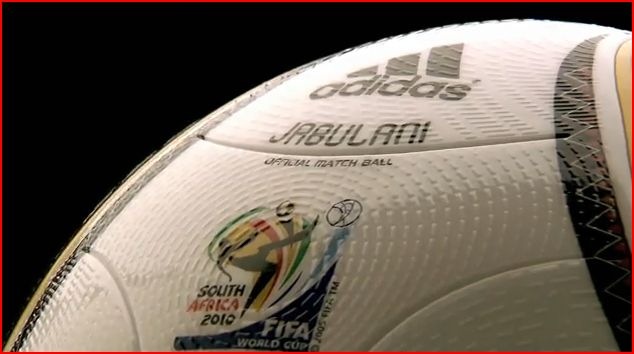
Later in the video the ball replaces the sphere in the wind tunnel but unfortunately they do not show the flow pattern around the ball, presumably to protect proprietary information. The engineering manager for Adidas, Dr. Tim Lucas, explains that the designers spent a lot of time on the design of the ridges on the ball and ‘they play a very important role so that the ball is stable in flight.’
Presumably, the ridges break up the laminar flow within the boundary layer and transition it to turbulent at much lower Re thereby reducing the form drag and improving flight performance. The ‘rough’ surface of Jabulani should lower the critical Reynolds number and possibly make sudden drop in drag coefficient attainable, which would be a pain for goalkeepers!
Finally, these effects would affect the bending of the ball. If the critical Re is low enough to be in the region relevant to football then you could have Re larger than the critical one. In that case a kick that adds backspin to the ball would cause separation on the bottom side to occur earlier than on the top side. Therefore the bottom side will incur higher pressure and thus generate a higher upward force (lift.) Higher lift would result in longer balls and possibly flatter trajectories. More bad news for the goalkeepers!!
